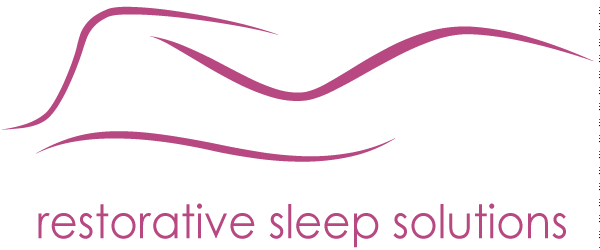Breathing Right?
I always thought breathing was easy or automatic – it was just something that happened naturally, without having to think about it. Turns out that may not be true.
Nose Breathing vs. Mouth Breathing
Did you know there is a right way and a wrong way to breath? There are two types of breathing and one of them is more than just a bad habit, it can cause a number of side affects leading to serious illnesses. Who knew? Can you guess which breathing method is best and which one should be “cut-off.” If you guessed nose breathing as the correct way, your right!
According to the Academy of General Dentistry (AGD) mouth breathing can cause poor oxygen concentration in the bloodstream, leading to more serious problems like high blood pressure, heart problems, sleep apnea and other sleeping disorders.
Mouth Breathing Affects on Children
Children who mouth breathe can experience poor dental and facial development. Children who begin mouth breathing at a very young age often experience poor development like narrowing of the face, crooked teeth and/or gummy smiles if the condition is not treated. Additionally they are more likely to have sleeping disorders such as sleep apnea. Poor academics due to poor sleep quality for these patients is easily misdiagnosed as ADD or ADHD.
Benefits of Nose Breathing
What makes nose breathing better than mouth breathing? Breathing through your nose delivers oxygen more efficiently to the lungs and other parts of the body. Oxygen is able to travel more freely to different cells and can reduce the need for medication for asthma sufferers. For those with high blood pressure, nose breathing should be a regular practice since it reduces hypertension.
Now, take a deep breath in (through your nose) and exhale out (through your nose). Seems simple enough to me, unless you suffer from:
- allergies
- asthma
- the common cold
- a sinus infection
- a deviated septum
- broken nose

